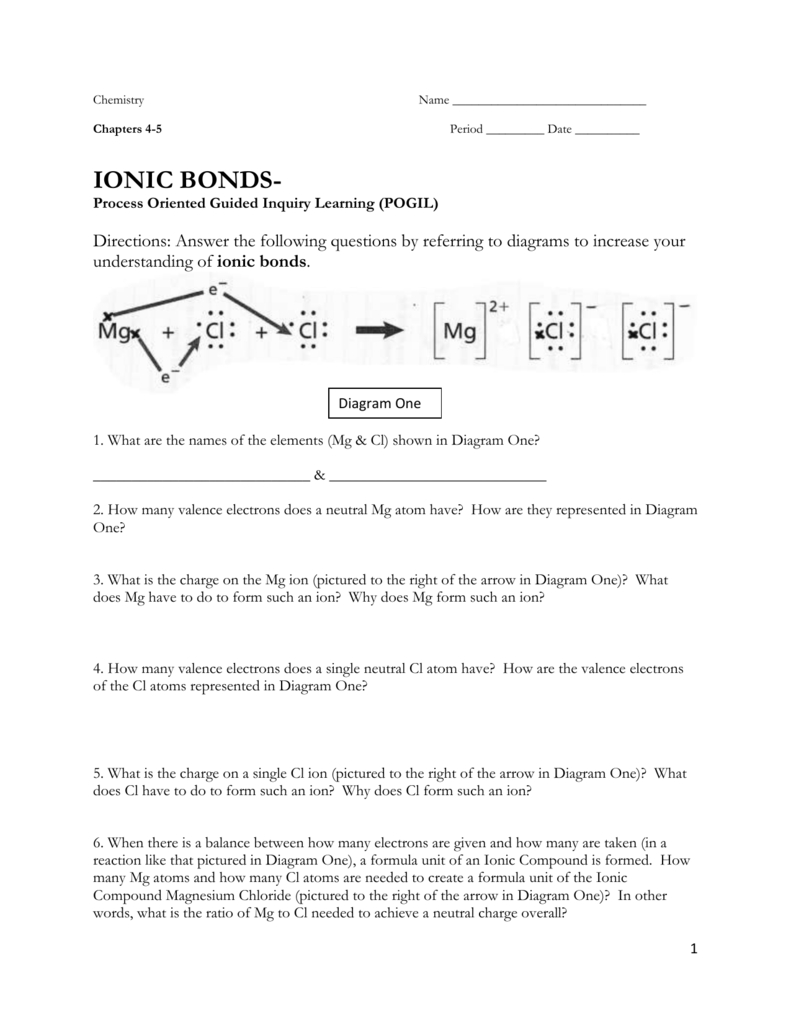
When Q c is less than K sp, there is not enough product yet to be at equilibrium, so the reaction will shift to the right, and no ppt (precipitate) will form. When Q c is greater than K sp, there is too much product, so the reaction will shift to the left, and a ppt will form. Will there be a ppt if 50.0mL of 0.450 M AgNO 3 is mixed with 50.0mL of 0.350 M NaCl? When Q c is equal to K sp, the reaction is at equilibrium. When these four ions are floating around in the solution, the only possible ppt is AgCl.īecause we are mixing, the first thing we need to do is convert to mols then divide by the new volume to find the new concentrations of AgNO 3 and NaCl: Write out what happens when these two compounds break up: The first step is to think about what the possible ppt might be from these compounds. Q c is greater than K sp, the reaction will shift to the left and a ppt will form.Ī technique of separating two or more ions from a solution by adding a reactant that precipitates first one ion, then another, and so forth. Start with a solution of 0.200M each of Cd(NO 3) 2, Ca(NO 3) 2, Mg(NO 3) 2. Each will dissociate to give 0.200M each of Cd 2+, Ca 2+, and Mg 2+. If Na 2C 2O 4 is added slowly, what is the order of ppt? Recognize that each of the three ions will react with the oxalate anion in Na 2C 2O 4, which is C 2O 4 2.

Three compounds with low solubility will form: CdC 2O 4, CaC 2O 4, MgC 2O 4.Ī precipitate will form when Q c is greater than K sp. In other words, just past the equilibrium. So an easy way to see when a ppt will form is to set Q c = K sp. To see which ppt will form first, look at which K sp will be reached first, in other words, compare to see which K sp is smaller.

In this case, CaC 2O 4 has the smallest K sp, so it will be reached first, and CaC 2O 4 will form ppt first. The second largest is CdC 2O 4, so this will ppt out second, and MgC 2O 4 last.

So this question is extremely easy! When asked from a list of compounds which will precipitate out first, or the order of precipitation, look at the K sp values and go from smallest to largest.Ī harder question would be one that asks when each of the ions fall out of solution.

In other words, at what does each metal fall out?įirst look at each compound and build the K sp equation. Note that the concentration for Ca 2+ was given at the beginning of the problem. In this same situation, what is the percent Ca 2+ ion left when Cd 2+ begins to ppt?


 0 kommentar(er)
0 kommentar(er)
